The arrival of Apple’s highly anticipated Vision Pro headset in Europe this week has reignited the debate surrounding virtual reality (VR). With a sleek design, powerful specs, and the backing of a tech giant, the Vision Pro promises a seamless and immersive VR experience. But is this enough to finally propel VR into the mainstream, or are we still facing significant hurdles?
A Crowded Market with Unfulfilled Potential
Apple isn’t the first player in the VR game. Companies like Meta (formerly Facebook) have been pushing VR for years, with headsets like the Oculus Quest offering a glimpse into the potential of this technology. However, despite initial excitement, VR has yet to achieve widespread adoption.
Several factors contribute to this:
- Cost: High-end VR headsets can be quite expensive, often exceeding $1000. This price barrier makes VR technology inaccessible to many consumers.
- Content: While VR experiences are evolving, the current library remains limited. The lack of compelling content, particularly outside of gaming, discourages potential users from investing in a VR headset.
- Comfort and Usability: Current VR headsets can be bulky and uncomfortable to wear for extended periods. Additionally, navigating virtual environments often requires complex controllers, creating a learning curve for new users.
The arrival of the Vision Pro doesn’t necessarily address all these issues. While Apple is known for its premium pricing, rumors suggest the Vision Pro might fall within the existing high-end VR price range. Content remains a question mark, with details about Apple’s VR ecosystem and software offerings still under wraps.
However, Apple does have a reputation for creating user-friendly products with a focus on design. The Vision Pro could potentially improve on comfort and ease of use, making VR more accessible to a broader audience.
Beyond the Hype: Potential Applications of VR
Despite its current limitations, VR holds immense potential for various applications beyond gaming. Here are some exciting possibilities:
- Education and Training: VR can create immersive learning experiences, allowing students to explore historical sites, conduct virtual experiments, or practice complex procedures in a safe and controlled environment.
- Healthcare: VR can be used for therapy, helping patients with phobias or anxiety disorders confront their fears in a simulated setting. Additionally, it can be used for surgical training and medical simulations.
- Remote Collaboration: VR can revolutionize remote work and collaboration. Imagine attending meetings or brainstorming sessions in a virtual environment, creating a sense of presence and fostering more engaging interactions.
- Entertainment: VR experiences can go beyond games, offering virtual concerts, museums, and travel experiences that push the boundaries of storytelling and entertainment.
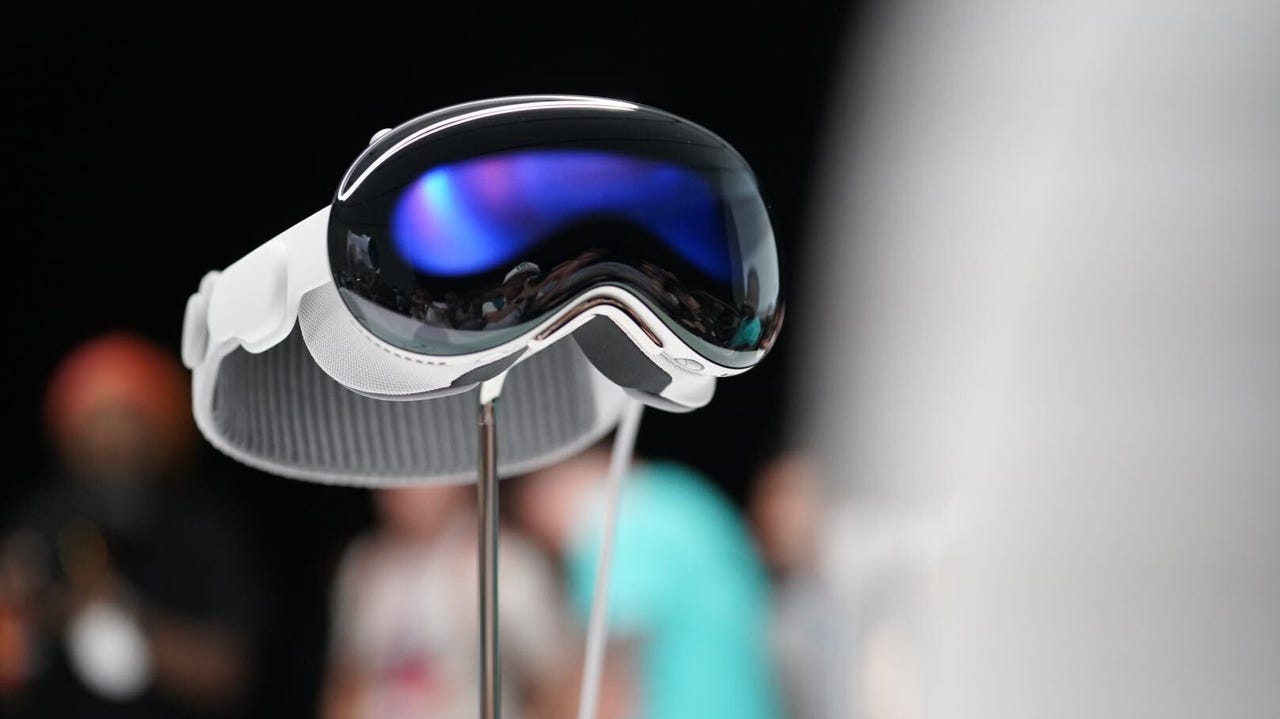
These are just a few examples, and as VR technology continues to evolve, we can expect even more innovative applications to emerge.
The Road to Mainstream VR: What Needs to Happen?
For VR to truly hit the mainstream, it needs to overcome the challenges mentioned earlier. Here are some key factors that could influence its future:
- Affordability: Bringing down the cost of VR headsets is crucial. More affordable options would make the technology accessible to a wider range of consumers.
- Content Boom: A more diverse and compelling content library is essential. VR experiences need to cater to various interests, not just gaming, to attract a broader audience.
- Standardization and Openness: A more standardized approach to hardware and software across different VR platforms could improve compatibility and user experience.
- Focus on Usability: VR headsets need to become more comfortable and user-friendly. This includes advancements in weight, size, and intuitive control schemes.
Apple’s entry into the VR market is undoubtedly a significant development. With its brand recognition and focus on user experience, the Vision Pro could potentially push VR a step closer to the mainstream. However, the success of VR ultimately hinges on addressing the core challenges and creating a compelling reason for everyday users to embrace this new technology.
The future of VR remains to be seen. Will the Vision Pro be the catalyst for a VR revolution, or will it become another niche product for tech enthusiasts? Only time will tell. But one thing is certain: the potential of VR is undeniable, and its impact on various industries could be transformative.


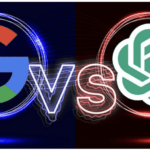
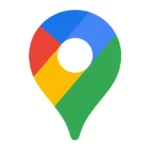



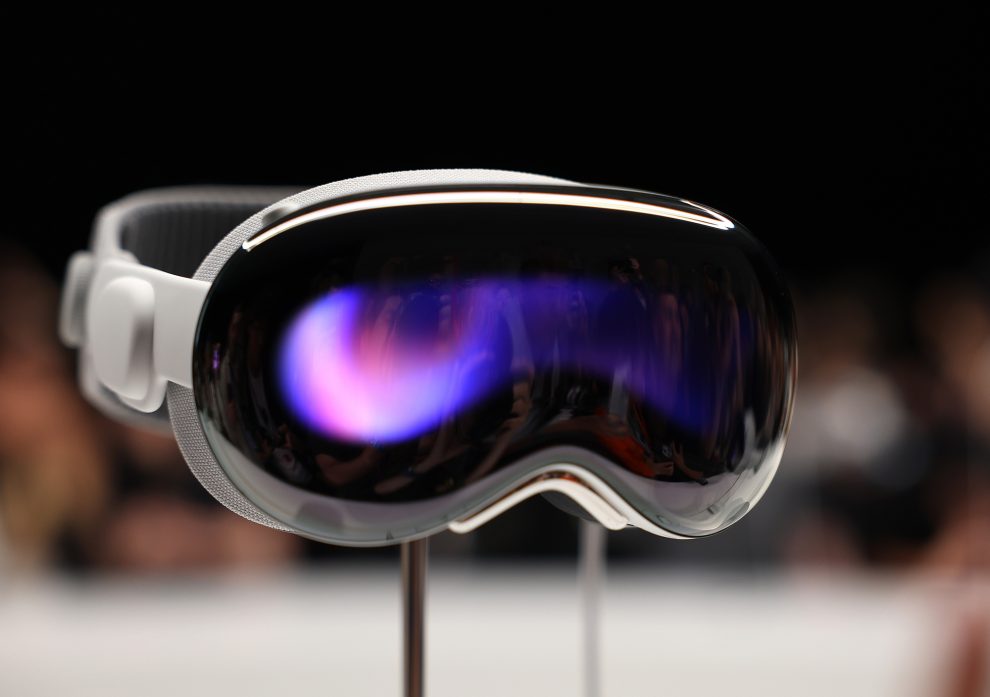

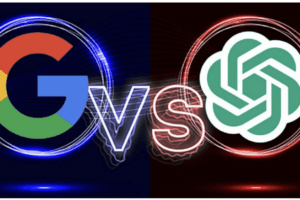






Add Comment